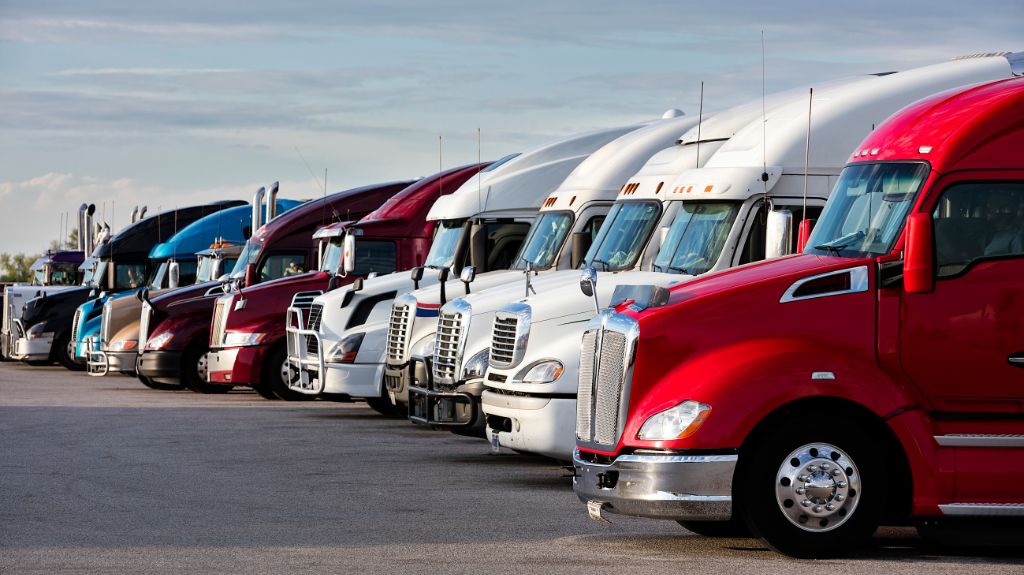What Is Cost-Per-Mile in the Trucking and Transport Industry?
Published:May 12, 2025
Updated:Jun 10, 2025
4 min. read
Cost-per-mile is an important metric for trucking and freight companies to track that has an incredible impact on profit margins. Freight carriers and shippers may be asking — what is cost-per-mile in the trucking and transport industry — and TenTrucks is here to help answer your questions and drive success. Use this overview to learn more about cost-per-mile, how to calculate cost-per-mile, and the factors that impact cost-per-mile.
How To Calculate Cost-Per-Mile in Trucking

Did you know that the average cost-per-mile in trucking is $2.27 according to data provided by the American Transportation Research Institute? This number is a record high in the trucking industry and has a tremendous impact on the ability of freight companies to reach their financial goals. Cost-per-mile may seem like a simple metric — and while it is simple to calculate — it can provide exceptional insight into your trucking and freight operations.
The equation to calculate cost-per-mile is simple. Divide your total operating costs for a specific time period — a week, a month, a year, etcetera — by the total miles driven in that same period. This will provide you with a cost-per-mile reflection of how much money you spend for each mile driven. Where the equation gets complicated is in how you determine your total operational costs and what factors need to be included in that data.
Cost-Per-Mile = Total Operating Costs ÷ Total Miles Driven
Factors that Impact Cost-Per-Mile
When you look at your total operating costs in an effort to calculate cost-per-mile, there are many factors that you need to pay attention to and may need to include in your total costs. Factors range from mileage and fuel costs to equipment maintenance and insurance premiums. Here is a better look at factors you need to understand and include in your calculations:
- Mileage and Fuel Costs: Fuel costs can account for an estimated 40% of a trucking company’s total operating costs and need to be at the top of your list when it comes to cost-per-mile calculations. Trucking and freight companies can reduce fuel and mileage costs by optimizing routes and managing surcharges with the right tools and technology.
- Load Management: Load management is a key factor in your operating costs. The more empty miles you drive, the lower your profit potential will be, making it even more important to be smart in how you manage FTL and LTL loads.
- Driver Costs: Your operating costs need to include driver costs. These costs include driver wages and benefits that may represent a significant portion of total operating costs for trucking and freight companies.
- Maintenance and Repairs: Repair and maintenance costs represent a significant portion of trucking company budgets at an estimated 10% to 15% according to some data. This translates to an estimated $.20 per mile. Predictive maintenance is a necessary expense that can prevent unexpected breakdowns that cost even more.
- Insurance and Permits: Insurance is a requirement for trucking and freight companies that adds to total operating costs. Insurance can cost from $9,000 to $16,000 per truck and add up to an estimated 10% to 20% of total operating costs. The necessary permits and licenses will add to total costs.
READ MORE: How Will Tariffs Impact the Trucking Industry?
Trucking and freight companies that want to drive profits and reach their financial goals may want to take a closer look at cost-per-mile and many may be asking — what is cost-per-mile in the trucking industry? This overview will help answer your questions and help you track your own operating costs and cost-per-mile.
Contact TenTrucks today to learn more about our Transportation Management System (TMS) and how it can help you monitor your cost-per-mile!